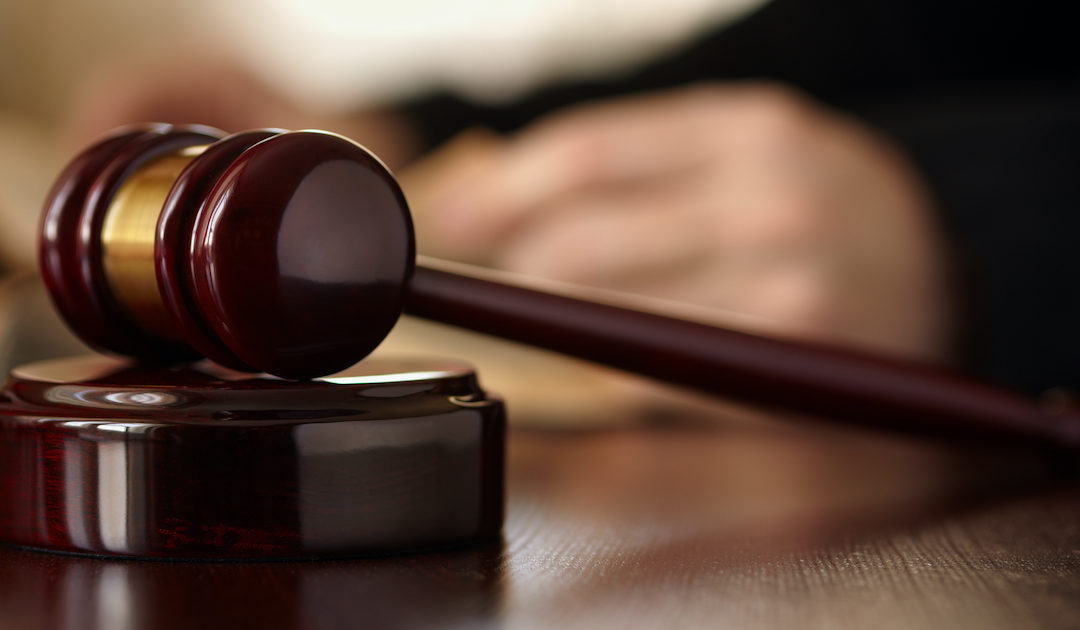Election Day is nearing, and if you pay any attention at all to the news, you’ve likely noticed there was a very big event recently with the passing of U.S. Supreme Court Justice Ruth Bader Ginsburg and the nomination of her replacement, Amy Coney Barrett. Vacancies on the country’s highest court don’t happen that often, so when they do, it’s worth noticing and talking about.
Unless you’re an attorney or read legal reference books for fun, it’s easy to get confused by our legal system. There’s a lot to know, but just like the post about the legislative branch, the intent of the information below is to provide a birds-eye view of the system as a whole. The goal is to help you feel more knowledgeable come Election Day and empower you to talk to your kids about what government does and how we can play a role in our country’s future.
Just like our legislative system, there is a federal and state level under the umbrella of the judicial branch of government. We’ll take a moment to walk through each and where they differ.
The Supreme Court
At the federal level, the top court in the land is the United States Supreme Court. The justices that preside over this court meet in a building across the street from the U.S. Capitol in Washington, D.C.. The court meets for two sessions ever year, both several months long, to hear cases they’ve decided to take up (rule on).
The justices in this court are appointed by the head of the executive branch (a.k.a. The President) and confirmed by a majority vote of U.S. Senators. They serve for life and are only removed from office through impeachment or voluntary retirement.
The number of justices in the Supreme Court has varied over time from as few as five to as many as ten. However, since 1869, the number has held stable with nine justices, one of whom is the Chief Justice (Currently John Roberts). You can learn more about each sitting justice here. Congress has the authority under the Constitution to add or subtract to this number.
The Supreme Court is the final decision on legal questions. Once the court rules on a case, there is no appeal process, however, there is a 25 day window of time in which you can request a rehearing. This is seldom granted, though.
U.S. Court of Appeals
Underneath the jurisdiction of the Supreme Court are thirteen different Courts of Appeals. They are geographically defined and you can see their boundaries on this map. Of the more than 7,000 cases the Supreme Court is asked to hear each year, it only hears about 100 to 150 of them. This means that the decisions made by the Appeals Courts are often times the highest ruling on a case at the federal level.
There are currently 179 judges that sit on this level of the judicial system. All of them are appointed by the President of the United States, confirmed by the U.S. Senate, and serve for life.
Sometimes these Courts of Appeals are called “Circuit Courts” and you’ll hear the news refer to the X Circuit, or something like, “Today, a decision came down from the X Circuit.” While confusing, they are referring to the Court of Appeals. The number of the circuit corresponds to which court heard the case. Again, you can see this map as a reference for where the various courts/circuits are.
State Court System
At the state level, there is a State Supreme Court and several lower courts underneath its jurisdiction. Each state has the power to set up their own court system as they see fit and is defined by that state’s constitution.
There are several key differences between state and federal courts. It can get complicated, and this chart makes is simpler to understand.
Within each state’s court system, you will find various courts that hear only certain cases (family court, small claims court, etc). I encourage you to familiarize yourself with your own state’s legal system by searching for “[INSERT YOUR STATE NAME] Judicial Branch.”
Depending on your state’s constitution, the judges presiding over the courts may be appointed, elected, re-elected, or sit in office for life. It’s worth noting how your state is set up and what power you as the voter have in the process.
The Power of the Gavel
Depending on your state, a judge can be voted in and/or out of office. It’s hard to pay attention to judges because 99% of what they do is outside of our normal day-to-day attention. Nine times out of ten, we don’t have headlines on the local news about a case decided by the courts at the local or state level.
Unless a case is a really big deal, we usually won’t hear about it. This begs the question…why does paying attention to the judicial system matter?
Judges are the ones who decide what’s right, fair, and just. They determine something called precedent, which basically means that whatever a judge says is allowable in one case can be used to allow something similar in another case in the future.
Precedents set the rules, and the people we put in charge who get to decide the foundational rules for our society is worth our attention.

